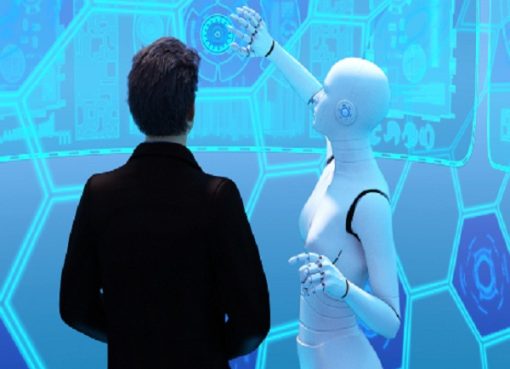Hadi Moradi, an associate professor at the University of Tehran’s School of Electrical & Computer Engineering, is working to develop an open source ventilator for patients who have COVID-19. The IEEE senior member and his team have designed a low-cost and easy-to-build ventilator and plan to make its specifications available to manufacturing companies in Iran.

Helping the teachers are M.R. Farahnak and M. Derafshian, engineers from the startup Nojan Robotic and Automation.
The Institute asked Moradi, chair of the IEEE Iran Section, about his project.
What problem are you trying to solve?
Hospitals around the world are experiencing a shortage of ventilators, which are commonly used to treat COVID-19 patients with severe respiratory distress. Because of the sophisticated structure and high production cost of the machines, it is not possible to rapidly manufacture them in large quantities. Therefore, we are trying to come up with simple-to-build automatic Ambu or respirator during this worldwide pandemic.
What technologies are you using?
The basis of the technology consists of a mechanism that pumps the required volume of air into the patient’s respiratory system at a given rate.
The system must also allow for healthcare professionals to manually pump air in case of an emergency, such as the loss of power at the hospital. To build the mechanical parts, we used a laser to cut plexiglass into gears and a simple controller, which is designed to run the motor at the desired rate and pressure. The system runs on a touch display to allow easy use of the system.
What challenges have you faced and how did you overcome them?
The first one was making sure we finished this design in a timely manner. The team and I searched for previous work done by other engineers and discovered that Alexander H. Slocum, an engineering professor at MIT, started a similar project 10 years ago.
We contacted him and were told that he and his team had also begun to work on designing an automatic Ambus for the United States. Slucom generously shared his design with us, which gave us a good foundation and let us focus on making the technology usable in Iran based on the technologies and parts available.
Another challenge was receiving approval from the Iranian health ministry to test the ventilators in a short period of time. Due to the current healthcare situation and the fact that the initial design previously had been tested by the MIT team, the ministry allowed us to test our first version during the week of 5 April. It was important to put the device on the right class of equipment so the required standards can be met accordingly.
The final challenge we faced was finding all the parts and services needed to build the ventilators. Due to restrictions placed on businesses by the Iranian government to avoid the spread of COVID-19, finding all the needed parts and services has become difficult. However, we have partnered with a group of entrepreneurs at the University of Tehran that can connect us to companies that can provide us with what we need.
What is the potential impact of the technology?
Medical treatment shows that if respiratory support is provided to COVID-19 patients, many of them can survive the virus. These ventilators can help save lives and consequently, having low-cost and easy-to-build ventilators allows engineers around the world to build the machines for their local communities.
How close are you to the final product?
We hope to finish our initial testing the week of 12 April and start production locally the following week.
How can other IEEE members get involved?
We are aiming to make the design open source and will let other IEEE regions know. Since building this machine involves a combination of electrical, mechanical, and bioengineering, it is important to have members from all these field work together to build it.
Source: Spectrum










